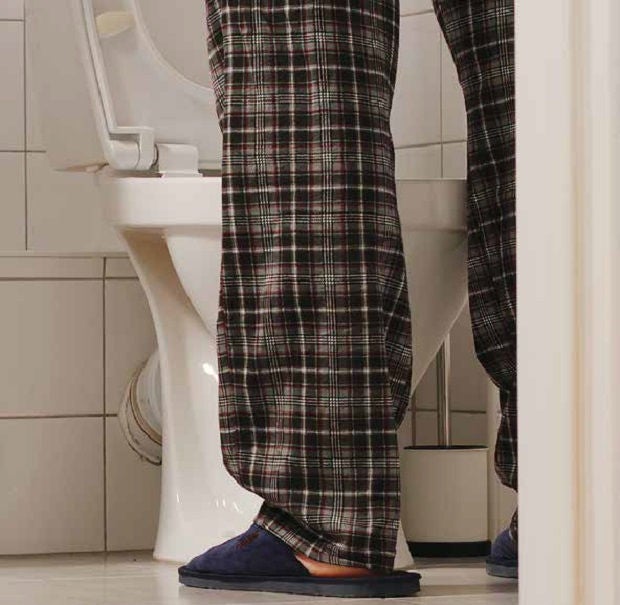
Pelvic floor muscle exercise, bladder training and medication can ease or resolve some cases of urinary incontinence.
Frequently needing to get up at night to urinate or being unable to control an overwhelming urge to pee can cause inconvenience and embarrassment, and affect one’s quality of life. The reality is, many cases of urinary incontinence — an involuntary leakage of urine — can improve through relatively simple measures, and people should seek help rather than suffer in silence, said Dr Ami Nagashima, Senior Staff Registrar, Sengkang Community Hospital.
There are various types of urinary incontinence, with the more common ones being stress and urge incontinence. Some may suffer from more than one type of urinary incontinence.
Stress incontinence occurs when an activity, such as coughing, laughing or exercising, puts pressure on the bladder, resulting in leakages when the muscles controlling urination are weak.
Patients with urge incontinence experience a strong urge to pass urine immediately, due to an overactive bladder.
Overflow incontinence is more prevalent in elderly men with prostate problems. This is when the bladder muscle fails to function properly or there is an obstruction to the bladder outlet, which causes urine to be retained. Urine leaks out due to an overflow when the bladder fills up.
For patients with mobility or cognitive problems, including stroke and dementia, they may not be able to get to the toilet in time when the need arises. This is a condition known as functional incontinence, which is contributed by cognitive, functional or mobility difficulties.
Quality of life at stake
Urinary incontinence can erode patients’ quality of life and selfesteem. “Those affected may go into social isolation because they prefer to stay home to prevent embarrassing situations. Besides affecting their daily life and activities, their quality of sleep suffers if they have to wake up multiple times at night because of the urge to pee,” said Dr Ami.
However, not all with urinary incontinence seek help for this condition. “Patients may feel too uncomfortable or embarrassed to volunteer information, even with their doctor. It may also be due to a lack of knowledge about the causes and available treatment options. Some also assume that urinary incontinence is a natural part of ageing, which is a myth,” she added.
Causes for incontinence
Age is a risk factor but urinary incontinence is not a normal part of ageing. The condition may be reversible and treatable.
When patients experience urinary incontinence, it is important for doctors to determine whether the condition is transient or chronic. For instance, a sudden onset of incontinence may be due to a urinary tract infection (UTI), and doctors will check for other symptoms of UTI, such as fever and pain when passing urine.
If tests confirm an infection, antibiotics can be used to clear it and resolve the incontinence.
Medication that patients take for other conditions can also lead to urinary incontinence as a side effect. For example, there are drugs that affect the bladder muscles, and cause urine retention and overflow incontinence. In such cases, switching to other suitable drugs can be a solution.
Non-drug treatments
Very often, doctors will suggest ways that do not involve medication to relieve incontinence.
Some ways patients can ease their symptoms, such as nocturia or frequent urination, include limiting the intake of caffeine and alcohol, and avoid drinking any fluids at least two hours before bedtime.
As obesity and smoking are also risk factors, losing weight and quitting smoking would be suggested where appropriate.
Exercises to strengthen pelvic floor muscles can be especially helpful for stress and urge incontinence, while bladder training can help in urge incontinence. In bladder training, patients are taught ways to focus on reducing the sense of urgency when it occurs, such as pelvic muscle contractions or relaxation techniques, with the aim of progressively extending the interval between voiding without incontinence.
Symptoms usually improve after the various non-drug measures.
“It takes time and compliance for these measures to help,” said Dr Ami. Age is no barrier to these strengthening exercises.
If non-drug measures do not work, medication may be prescribed to counter overactive bladder muscles. Surgery may be an option in cases whereby measures such as lifestyle changes and exercises fail to improve symptoms. Patients are recommended to consult their family doctors should symptoms arise.
Unsure how to cope with urinary incontinence? These tips can help.
Get the latest updates about Singapore Health in your mailbox! Click here to subscribe.













 Get it on Google Play
Get it on Google Play